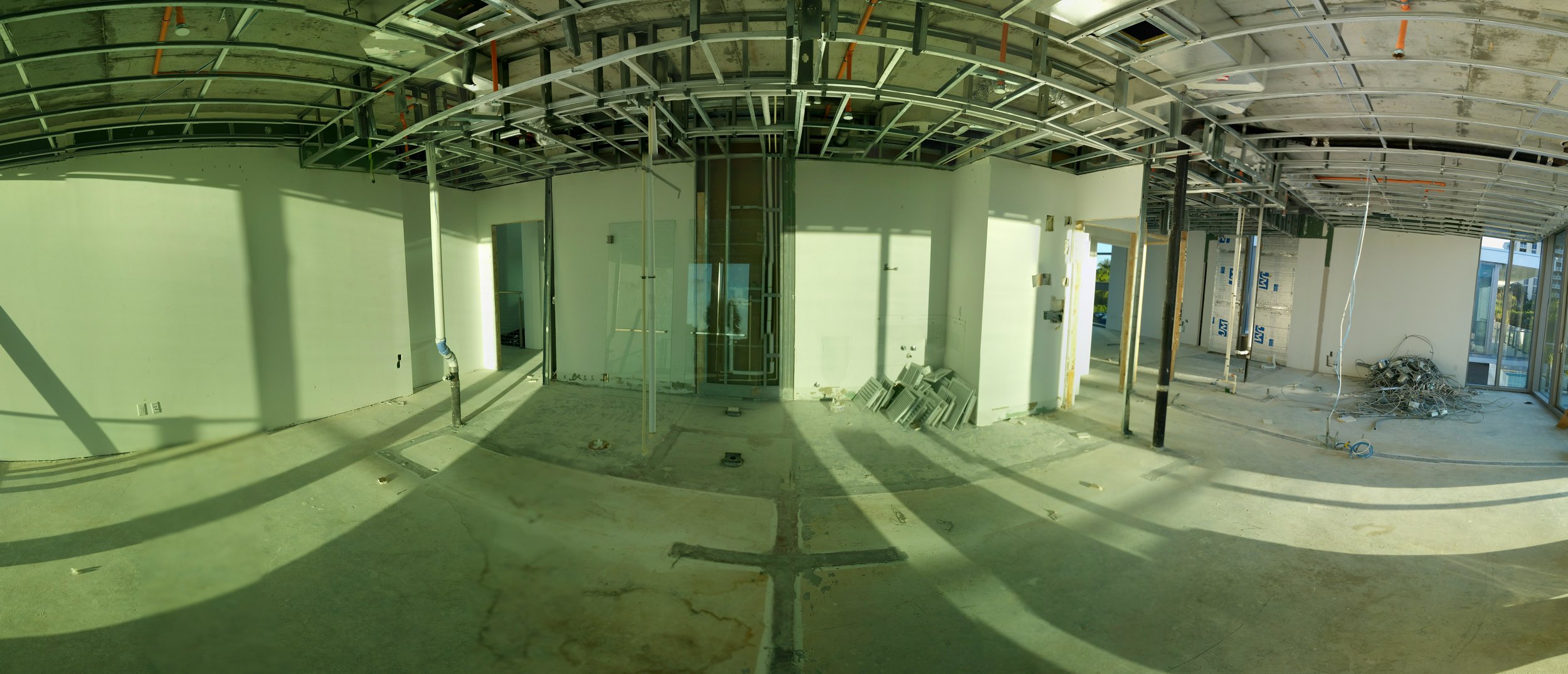In part two of this topic we list some of the key questions to ask of the references offered by the General Contractor. If you missed Part One. We typically avoid questions that highlight personality or disposition. We came up with a list we typically ask when our clients involve us in the process:
-Was the GC the lowest bidder on the project? We find this insightful because it implies the GC was the lowest bidder and still managed to deliver a great product on time, on budget and with great service.
-What was the percentage difference between the bidders? This helps inform us who the GC was competing against. If all of the bids were clustered within 10-15% then that implies the drawings were good, the competition was competent and that the client did not necessarily choose based on price.
-How effective was the communication? GCs need to be approachable and accessible. During normal business hours the owner should be able to expect their phone calls answered (or returned promptly), emailed replied to or a meeting attended at the scheduled time. Construction induces a lot of anxiety and for a business owner or homeowner, knowing the contractor is accessible or will respond in a timely fashion brings peace of mind to what can be a chaotic and frustrating process. Construction involves risk, money, time and trust--the GC has an outsized influence in each.
-Was the project completed within the time frame promised? Projects are generally non-linear. Decisions are sometimes made during construction by the design team; the owner often makes changes, too. Unforeseen circumstances arise so the original time frame promised may change through no fault of the builder. However, a well organized GC should be able to evaluate with a measure of certainty the impact of a change on the overall construction schedule. Owners should expect and be given clear scheduling milestones and be made aware of the consequences of changes to those milestones. Open-ended or undefined time commitments do not pair well with trust and effective communication.
-How was the finished product? If the client is a reference then we assume the final product was acceptable but it is always important to ask. “Were you satisfied with the craftsmanship?”
-Was the warranty honored? Products break, and installations are sometimes faulty. The key is whether the warranty was honored and if it was addressed satisfactorily in a timely fashion. Having to chase a contractor for months to repair a defective plumbing fixture is not what we would define as honoring a warranty.
-Did the GC leave a clean job site each day? Regardless of whether a project is being occupied during construction (in the case of renovations) the GC should leave the job site orderly and clean. This reduces risk of injury, material losses in the form of theft or damage and sets the tone for subcontractors scheduled to work on the job.
-Were there lots of change orders? and how were they handled? Numerous change orders may not be the fault of the contractor. Sometimes the design team has an omission; the client makes changes or is indecisive with key decisions affecting the project schedule/budget; or the building inspector makes demands that were unforeseen. A contractor is entitled to profit, overhead and general conditions on every change order that is authorized. But it is up to the design team to review and approve each change order and offer the owner guidance. A good GC will offer alternatives to costly changes, if possible, and should be quick to seek the consultation of the design team before a situation reaches the point where a change order in the only recourse. Generally, early and effective communication are the key to crisis avoidance and resolution.
During the selection of an architect, owners should be sure that the design professional will be available to serve as a resource during the bid procurement process. Using AIA Standard Contracts ensures a balanced contractual relationship between owner and architect and will always include bid procurement consultation as part to the minimum scope of work for the architect.


